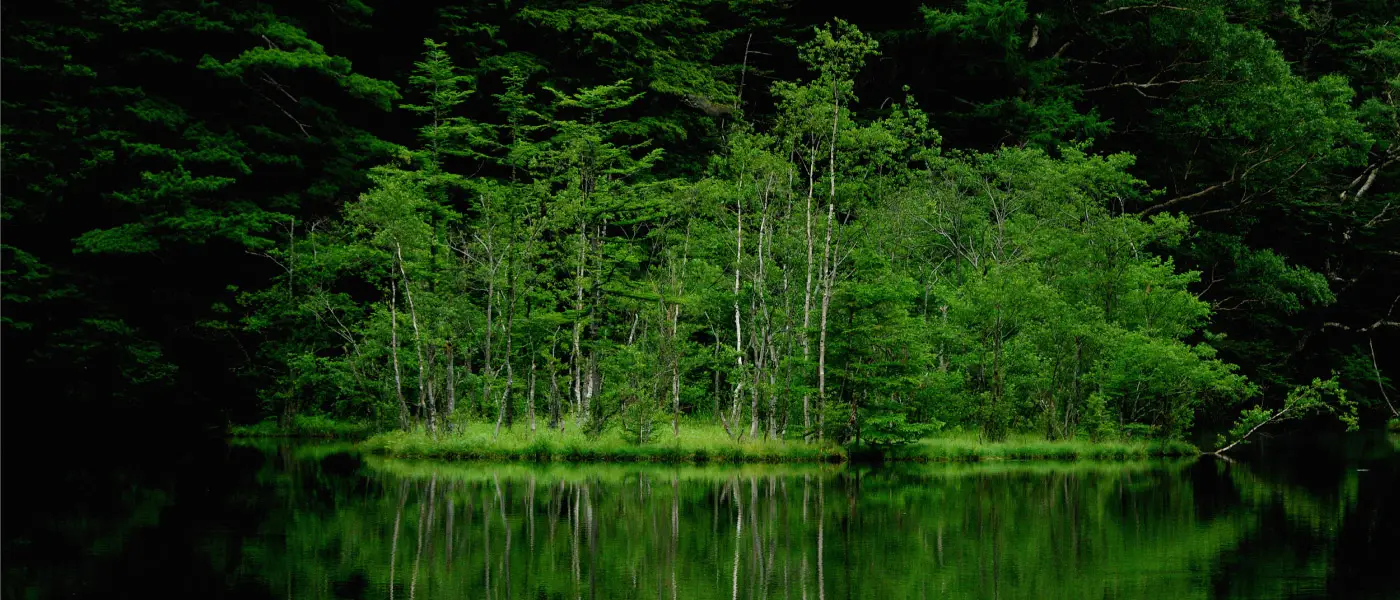With the weather finally getting warmer in cities and towns around Shinshuu, our thoughts naturally turn to Kamikochi's 2015 spring season, which is now just a month away! It's true that there's still a lot of snow on the ground at Japan's favorite alpine retreat, but the evergreens around the park have maintained a vital splash of color during the intervening months and the ever-present wildlife has kept the place feeling alive. Every season is special in its own right and now we turn our attention to one of the most rewarding times of year in the park: early spring.

What can we expect from Spring 2015?
To begin with, spring in Kamikochi can feel quite winter-like at times, especially when the temperatures drops to around (sometimes below) zero at nightfall. So smart visitors will be packing thermals and layers of warm outerwear, as well as lighter fleeces and jackets for the warmer daytime temperatures. For safety's sake, it's best to think of early spring as the late winter season. Expect there to be snow on the ground and also on the still pristinely white mountain peaks. As an added bonus, springtime skies are often incredibly clear and the air is both crisp and scented with the promise of warmer weather to come.
In a way, spring feels more adventurous than peak periods like the summer and mid-autumn. There are fewer people and the cold weather and snow add to the challenge of traversing certain areas. Some places normally accessible to beginners are better left to veterans.
Plant and Animal Life
In keeping with the transitional nature of the spring season, we can divide the plant and animal life into varieties that stick around throughout the winter and those which appear gradually, over time. Like the furry Japanese Macaques who rule the roost in Kamikochi when all the people have departed for the winter break, evergreen trees remain largely unchanged throughout the year.
The evergreen population of Kamikochi may be separated into three types: the yew family, the cypress family, and the pine family.
Yew trees may be distinguished by their narrow, flat needles:

Cypress trees will often have needle-like foliage early in their live-cycles, only to take on a distinctive, scaly appearance as the trees get older:

Lastly, just about any coniferous tree found around that isn't either a yew or a cypress is a species of pine. And the pines found here are mostly of the kind distinguished by long, slender, pointy needles:

As for animal life, it must be said that birds and beasts are harder to capture on film than trees, so maybe we'll leave them for a later blog post. Anyone who would like to see the popular (if controversial) topic of monkeys revisited in this blog, please say your piece in the comments below.
In the meantime, here's a duck:

The Mighty Azusa
No, not the train, but the river that winds gracefully through the woods and mountain paths of Kamikochi and supplies so much of its character and what the Japanese term 爽やかな感じ, or "bracing/refreshing" atmosphere. The water itself flows out of a constant stream of melting snow from the heart of the Northern Japan Alps and is an important source of water for many rural townships below.
It's no accident that the river provides the back drop for Kamikochi's most beloved photo spot:

During the winter months, the Azusa has what could best be described as a cold color, an icy blue which can take on a silver sheen when light reflects off of it.

We can expect the color of the water to change as snow melts, and with heavier than average snowfall this winter, there will likely be a significant change.
One of the most commented on aspects of the Azusa is its transparency. It is very pure and clean, making it a key component in Shinto rituals at local shrines as well as the source water for some of Japan's most delicious wasabi at the Daio Wasabi Farm in Hotaka.

Well, this has been a rambling post on the topic of the coming spring. All that you really need to know is that Kamikochi will be much as we left it back in November, only with more snow and a sense of renewed life as warmer weather reclaims the park and people from around Japan and all of the world plan new and unfrogettable forays into the Gateway to the Northern Alps.
See you in April!

Takanezakura, blossoms which will welcome the spring season.
Source of Information:
National Park Guide website: http://npg-alps.net




